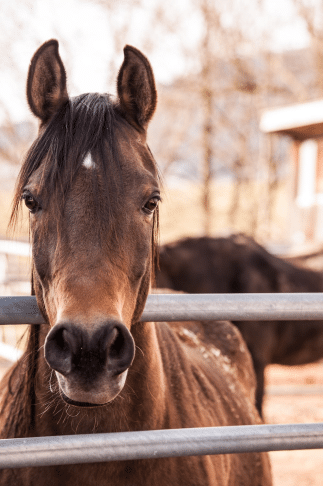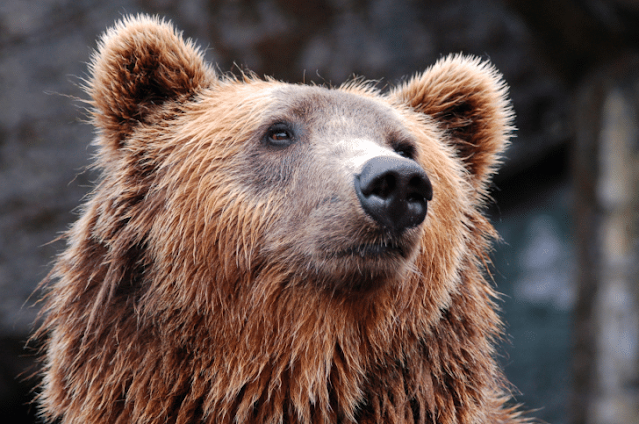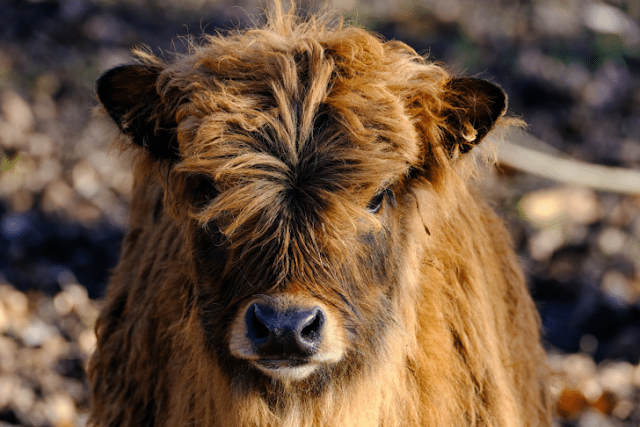Ever found yourself hesitating to ask a guest to remove their shoes, only to be told by someone, like your mother-in-law, that you’re being discourteous? You’re not alone! It’s a surprisingly polarizing topic that touches on cleanliness, cultural customs, and hosting etiquette. So, is it really rude to request this, or is it simply a matter of personal preference?
Understanding the Cultural Context of Shoe Removal

One of the biggest factors shaping opinions on this issue is culture. In many Asian and Scandinavian households, removing shoes is not just polite—it’s a must. It’s seen as a sign of respect and a way to keep homes clean and sacred. On the other hand, many Western cultures don’t place as much emphasis on this practice. Guests often keep their shoes on indoors, and requesting otherwise might be considered unusual.
Does this mean you shouldn’t ask guests to remove their shoes if it’s part of your household tradition? Absolutely not! The key is recognizing that cultural norms differ. Being aware of these differences can help you approach the topic in a way that’s both respectful and confident.
Health and Hygiene: The Case for Bare Floors
If you’ve ever looked at the bottom of a pair of shoes after a long day, you already know they’re not exactly clean. Shoes can track in dirt, bacteria, and allergens that could easily spread around your home. For families with small kids crawling on the floor or those with allergies, maintaining a shoe-free home can be a lifesaver.
Think about it: would you want the same shoes that trudged through public bathrooms or muddy sidewalks to stomp across your living room carpet? Probably not. Explaining this perspective to your guests can make your request feel less like an arbitrary rule and more like a thoughtful choice for the health of everyone in the household.
Does Hosting Etiquette Really Say No to Shoe Removal?
Traditional hosting etiquette often emphasizes guest comfort, suggesting that making guests feel at home should be your top priority. But modern etiquette acknowledges that it’s equally important to respect the host’s rules. After all, it’s your home, and you’re entitled to set boundaries.
The trick is finding a balance. Yes, you want your guests to feel comfortable, but you also want to feel comfortable in your own space. Asking guests to remove their shoes doesn’t have to be a big deal—it’s all about how you frame the request. Approach it with kindness, and most guests will happily comply.
Managing Family Dynamics: When Your Mother-in-Law Disagrees
Let’s face it: family dynamics can complicate even the simplest decisions. If your mother-in-law insists that asking guests to remove their shoes is “rude,” it can feel like you’re caught in the middle. So, how do you handle this without creating tension?
Start by having a calm conversation. Explain why this practice matters to you—whether it’s about cleanliness, cultural tradition, or personal preference. Acknowledge her perspective, but make it clear that this is a decision you’ve made for your home. Compromise can help here; for example, you could consider allowing exceptions for certain guests or occasions while sticking to your rule in everyday situations.
How to Politely Ask Guests to Remove Their Shoes
So, how do you actually ask someone to take their shoes off without sounding rude or awkward? It’s all about tone and preparation. Here are a few tips:
- Set the Tone Beforehand: If possible, let guests know about your shoe-free policy before they arrive. A simple mention in an invitation—like, “Feel free to bring comfy socks; we’re a shoe-free household!”—can go a long way.
- Provide Comfort: Make the transition easier by offering a designated shoe rack by the door and providing clean slippers or cozy socks for guests who might feel uncomfortable going barefoot.
- Use Polite Language: When guests arrive, frame the request as a preference rather than a demand. For example, “We usually ask everyone to leave their shoes at the door to keep things clean. Thanks so much!”
When you approach the topic with thoughtfulness, most people will appreciate your effort and won’t think twice about slipping off their shoes.
Balancing Tradition and Modern Practices
Incorporating traditions while respecting modern hosting practices can be a delicate dance. Traditional etiquette might emphasize catering to guests’ every need, but modern hosting often focuses on mutual respect and consideration. Striking the right balance means blending these approaches.
For instance, if you’re hosting a formal dinner party and you know some guests might find shoe removal awkward, consider making an exception for that event. But during casual gatherings or day-to-day visits, stick to your shoe-free rule. Flexibility shows thoughtfulness while still honoring your personal boundaries.
When Compromise Isn’t an Option
What if you have guests who outright refuse to take their shoes off, or your mother-in-law insists on overriding your rule? In these cases, it’s essential to stand your ground politely but firmly. Your home is your sanctuary, and maintaining its cleanliness and comfort is your right.

If someone disagrees, remind them that this isn’t about being “rude” or “discourteous.” It’s about creating an environment that works for your household. Offering alternatives—like slippers for those who prefer not to go barefoot—can help smooth over any discomfort.
Conclusion: Creating a Home That Reflects Your Values
Ultimately, asking guests to remove their shoes isn’t rude—it’s a reflection of your values and preferences. Whether you’re motivated by cleanliness, cultural tradition, or personal comfort, it’s entirely reasonable to expect guests to respect your house rules. The key is clear, kind communication and a willingness to accommodate others’ needs whenever possible.
At the end of the day, successful hosting isn’t about rigid adherence to etiquette or sacrificing your boundaries. It’s about creating an environment where both you and your guests feel respected and at ease. So, go ahead—ask politely, offer slippers, and enjoy a clean, happy home that truly feels like your own.
The First Animal You See Reveals Your Most Persistent Personality Trait
Stubbornness isn’t one-size-fits-all; it comes in many forms and is often reflected in how we approach life’s challenges. The animal you notice first in the image below could offer insights into the unique way your stubbornness manifests.

1. Horse: Tireless Dedication

Horses symbolize an unwavering work ethic. They are known for their endurance, traveling long distances and performing heavy tasks. Their stubbornness often arises when they lack clear guidance.
If the horse caught your eye first, your stubbornness is tied to your work ethic. You push yourself relentlessly, sometimes ignoring your well-being, and thrive when working with clear and communicative people.
2. Bear: Reluctance to Change

Bears are persistent creatures, whether fishing for salmon or braving bee stings for honey. Their hibernation habits reflect their aversion to change.
If you noticed the bear first, your stubbornness lies in resisting change. You prefer to stick with familiar routines and strategies, adapting only when external circumstances force you to shift.
3. Giraffe: Strong-Willed Perspective

With their long necks, giraffes access food others cannot, but their height makes drinking water challenging. This distinctive perspective mirrors their tendency to hold steadfast views.
If a giraffe stood out to you first, your stubbornness is rooted in asserting your opinions. You may struggle to embrace opposing viewpoints, which can sometimes create distance in your relationships.
4. Camel: Fierce Independence

Camels are loyal but notoriously stubborn if mistreated. They refuse to cooperate unless treated respectfully and are known to hold grudges.
If the camel was the first animal you noticed, your stubbornness reflects a resistance to peer pressure. You stick to your principles and only follow others’ lead when you feel valued and respected.
5. Lion: Relentless Determination

Lions, symbols of pride and strength, are known for their perseverance. Male lions relentlessly pursue their mates, while lionesses tirelessly hunt to feed their cubs.
If the lion caught your attention, your stubbornness lies in your unyielding willpower. You live by your own rules and refuse to give up, especially when others depend on you.
6. Elephant: Resilient Strength

Elephants are icons of endurance and strength, capable of overcoming significant challenges. They use their resilience to carry heavy loads and clear obstacles.
If the elephant stood out to you, your stubbornness is marked by resilience. You face difficulties head-on and persist through hardships, confident in your ability to overcome them.
7. Deer: Passionate Drive

Though not the strongest animal, the deer’s speed and devotion to protecting its young highlight its resilience. Deer embody a passionate will to survive.
If the deer was the first animal you saw, your stubbornness reflects a passion for life. You approach challenges with determination, always striving to improve your circumstances.
8. Ox: Unwavering Confidence

Oxen are synonymous with hard work and determination. They are famously stubborn, digging in their heels when they don’t want to budge.
If the ox stood out to you, your stubbornness is rooted in self-assurance. You commit fully to your goals, and once you’ve made up your mind, nothing can deter you from achieving them.
Each animal represents a unique facet of stubbornness, offering a glimpse into how determination and persistence shape your personality. Which one did you spot first?



Leave a Reply